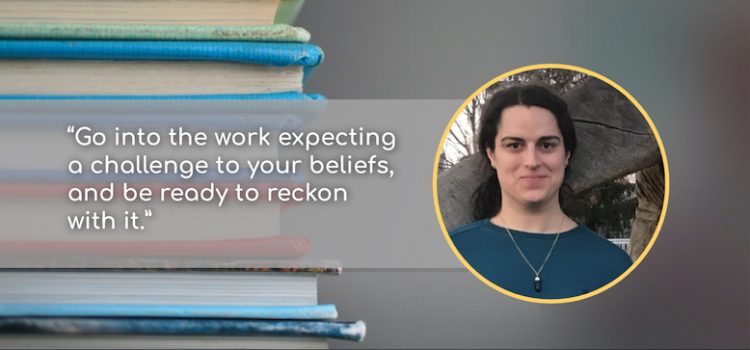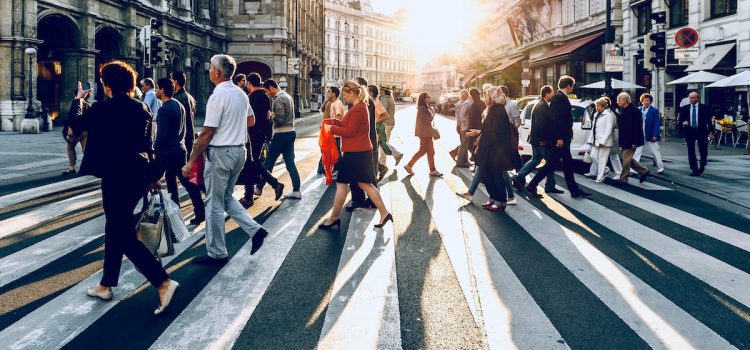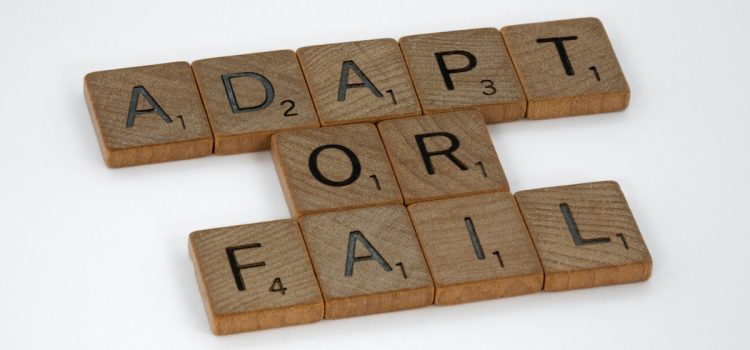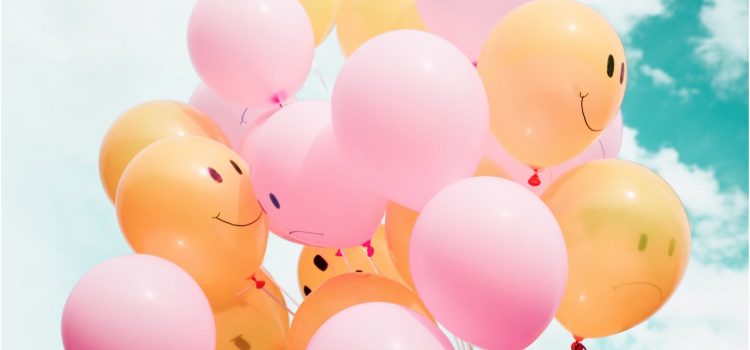What did Suzanne Simard’s forest research find? Why is it important to research forests? In her book Finding the Mother Tree, Suzanne Simard explains how she had a hunch that trees in a forest don’t grow in a monoculture (a single species growing alone). This prompted Simard’s thought that the forests might be more cooperative than competitive. Check out the results of Simard’s forest research.
Suzanne Simard’s Forest Research Results










